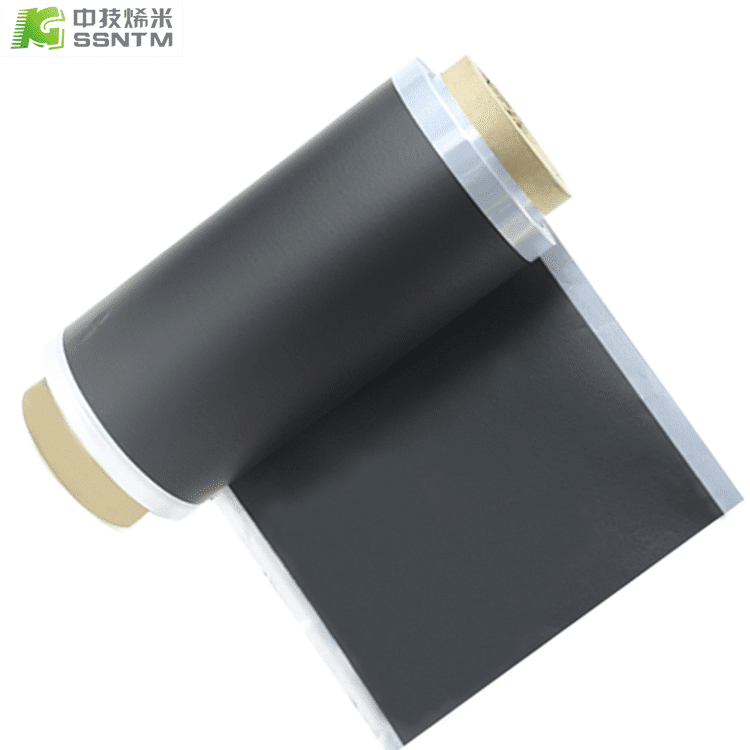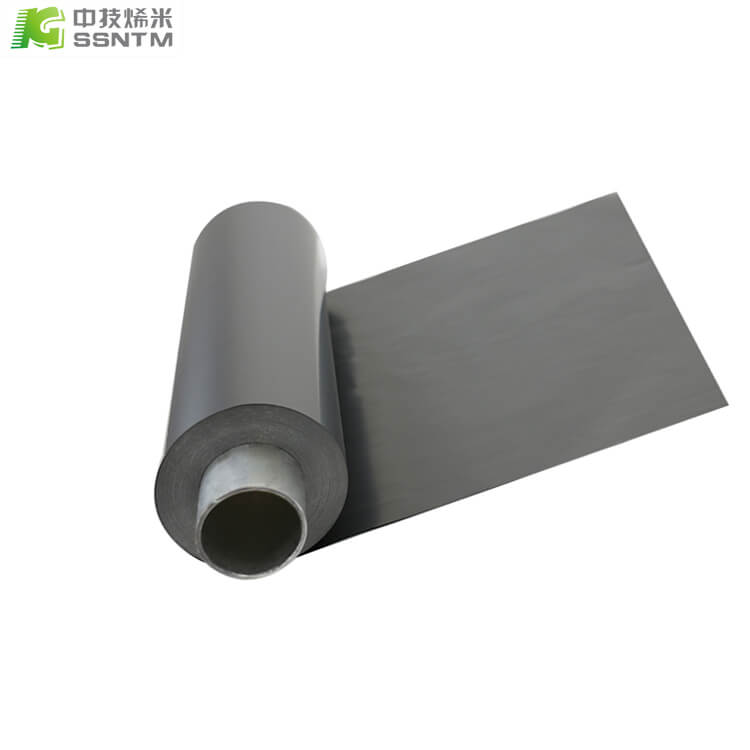Firstly, copper aluminum foil has good conductivity, soft texture and low price. Among ordinary materials, metal materials have the best conductivity, while among metal materials, copper foil and aluminum foil are inexpensive and have good conductivity. Compared with winding, the electrode plates used in the preparation of batteries must have a certain degree of softness to ensure that the electrode plates do not experience brittle fracture and other problems during winding. Among metal materials, copper-aluminum foil is also a relatively soft metal. Finally, considering the cost of battery preparation, copper aluminum foil is relatively cheap.
Second, copper aluminum foil is relatively stable in air. Aluminum is prone to chemical reactions with oxygen in the air, which forms a dense oxide film on the surface layer of aluminum to prevent further reaction. This thin oxide film also provides some protection to the aluminum in the electrolyte. Copper itself is relatively stable in air and does not react in dry air.
Thirdly, the positive and negative electrode potentials of lithium batteries determine the use of aluminum foil for the positive electrode and copper foil for the negative electrode, rather than the opposite. The positive electrode potential is high, and copper foil is easily oxidized at high potentials, while aluminum has a high oxidation potential, and the surface of aluminum foil has a dense oxide film, which also has a good protective effect on the internal aluminum.
Fourth, the positive electrode potential of lithium-ion batteries is high, and the oxide film of aluminum foil is relatively dense, which can prevent the oxidation of the current collector. However, copper will undergo lithium intercalation reaction at high potential, so it is not suitable to be used as the positive electrode current collector. Generally, aluminum foil is used as the positive electrode current collector; the potential of the negative electrode is low, and aluminum foil tends to form aluminum-lithium alloy at low potential. The negative electrode current collector generally uses copper foil, and there is no interchangeability between copper foil and aluminum foil.



